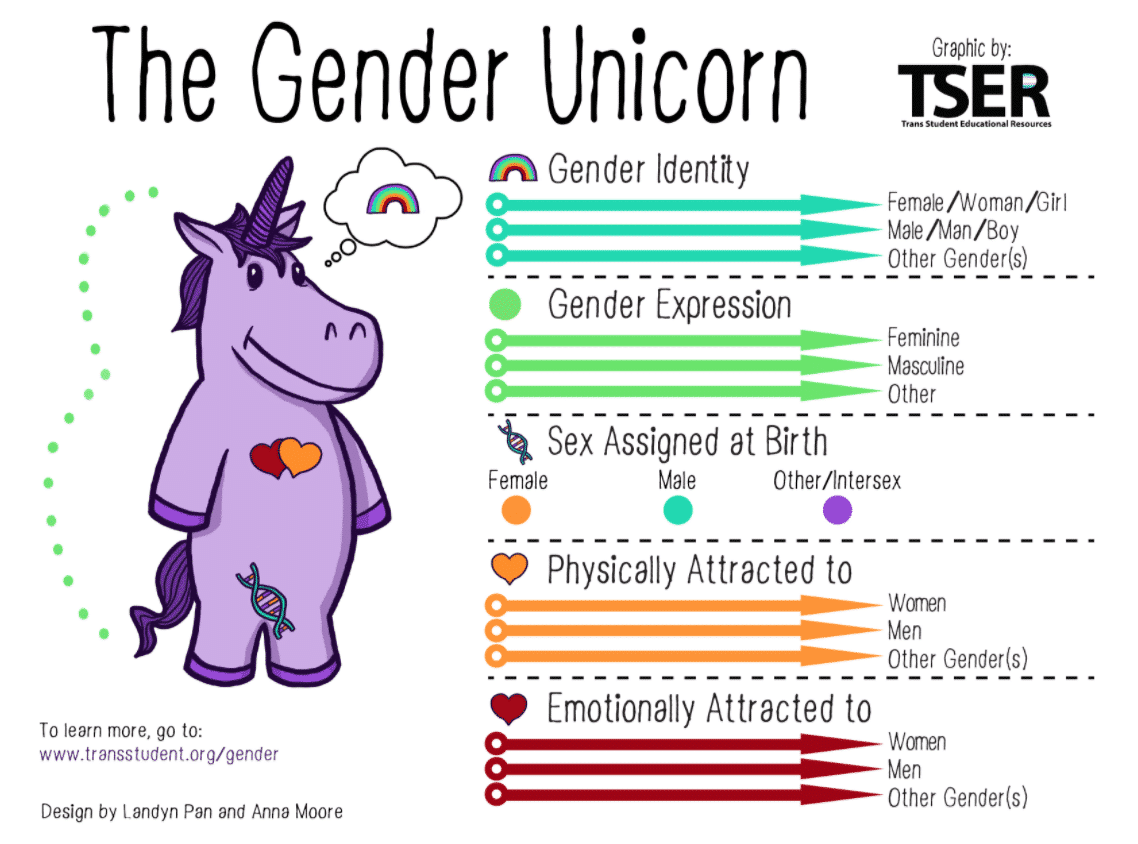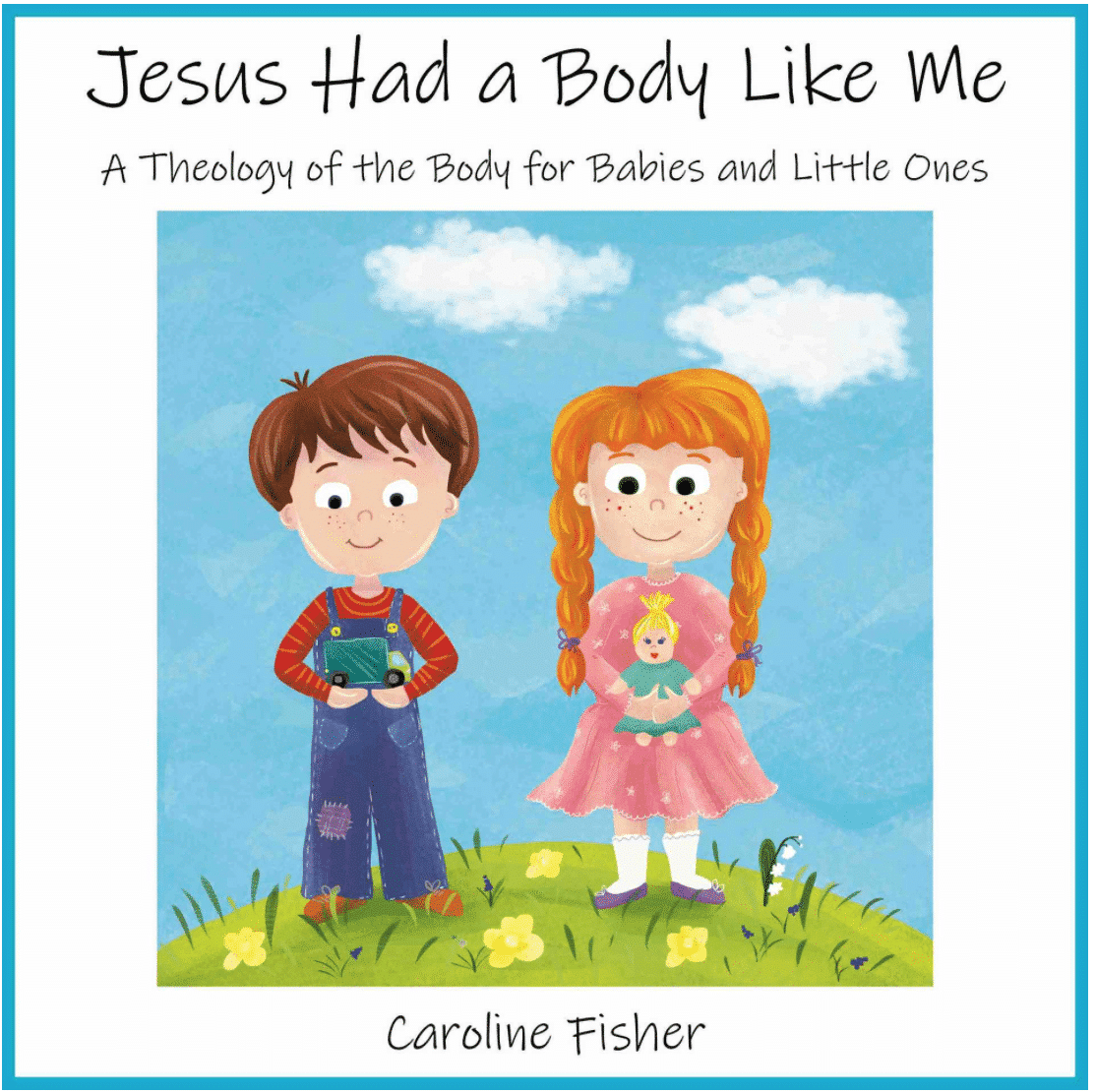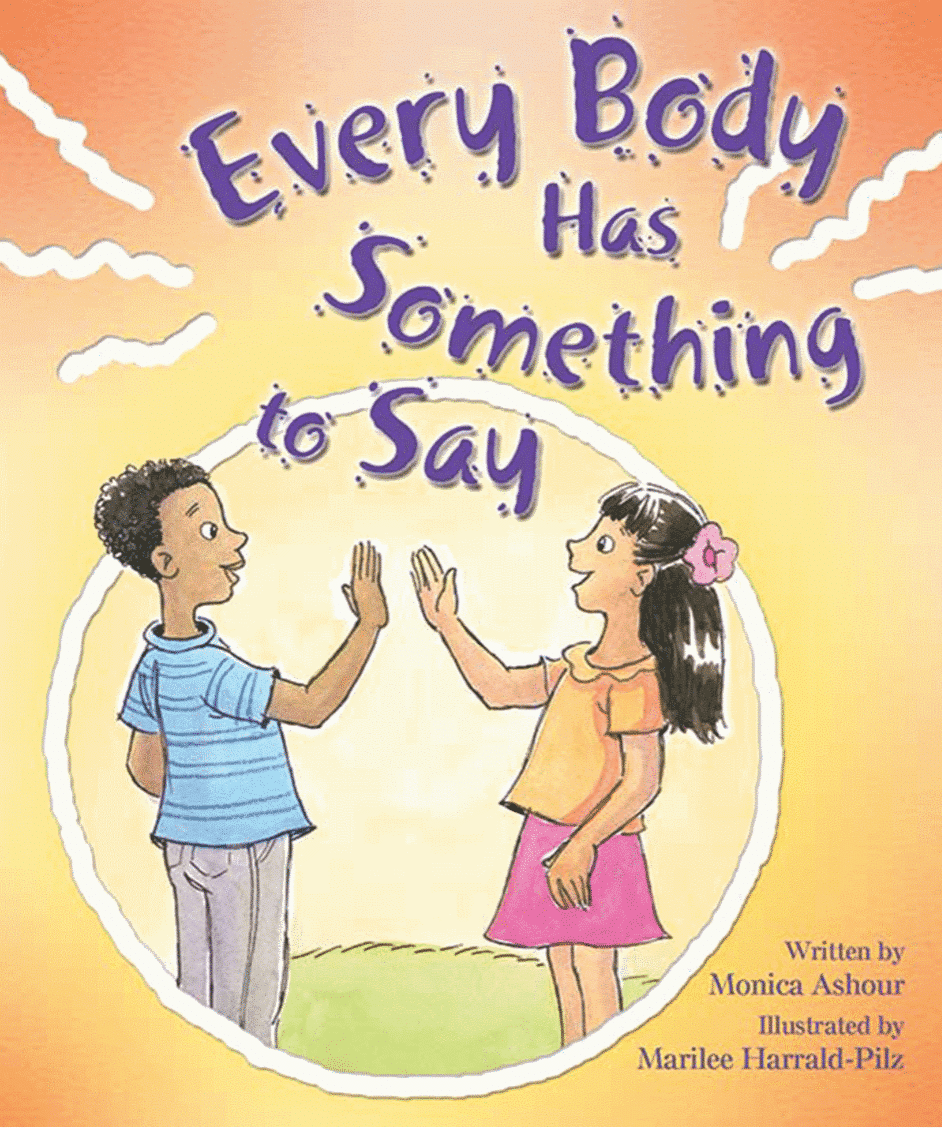By Susan Ciancio
Young children are bombarded with “woke” language and ideology earlier and earlier in life. From books that normalize transgenderism to school curriculum that does the same, our world has moved further and further away from a society that values the human body. No longer are our bodies seen as gifts.
What are parents to do?
They instill the core tenets of Theology of the Body.
What is Theology of the Body?
The Theology of the Body is a collection of 129 papal addresses given by Pope John Paul II from September 5, 1979, through November 28, 1984, during his Wednesday general audiences. In these addresses, the pope talked about the unique and holy love between a man and a woman. He taught that marriage is a sacrament and spoke about the dangers of contraception. He taught about the gift of the human body.

TOB answers the questions many of us have pondered or asked sometime in our lives. For instance:
- What is the purpose of life?
- What does it mean that we are created in the image and likeness of God?
- Why did God create us as male and female?
- What is the purpose of marriage?
- What is love?
The Theology of the Body offers beautiful explanations for why we must consider our bodies as gifts, not only from God, but to others.
These are heavy topics, even for adults! And authors such as Brian Butler and Jason Evert have created wonderful adaptations for middle schoolers and teens. But what about for younger kids? Shouldn’t we start teaching these concepts earlier in life?
Indeed! When basic concepts are instilled at a younger age, they begin to take root.
So how do we build that necessary foundation of love and respect for our bodies with kids as young as preschool? And do kids this young even need to know this?
The answer to this second question, of course, is yes. We all know that children are like sponges. They soak up information—bad and good—from the world around them. Because today’s world offers so much erroneous information regarding the human body, we must teach young children the fundamentals of TOB.
When children learn these basic truths—such as the fact that every person has dignity and that our bodies are gifts—they can build upon these truths as they grow.
Why is TOB important for young children?
The public school system is becoming increasingly dangerous for children when it comes to sexuality. The evidence is plentiful.
Take, for instance, the Gender Unicorn. This smiling and happy-looking creature teaches that it’s okay if a person wants to change his or her sex. According to the Discovery Institute—an organization that “works with state legislators, policymakers, key leaders, and parents to promote meaningful and lasting change to our nation’s education system”—the unicorn
is designed to look endearing to young children…. However, this unicorn walks students through self-selecting their gender identity, their gender expression, the gender they’re physically attracted to, and the gender they’re emotionally attracted to. Each option includes not only categories such as women/men and feminine/masculine but also “other.” Even their “sex assigned at birth” is open to interpretation—it includes female and male, but also “other/intersex.”
In other words, the Gender Unicorn promotes confusion during a very delicate time of life.
The Gender Unicorn (screenshot from TSER)
Keri Ingraham of the Discovery Institute gives readers an in-depth example of the type of indoctrination kids encounter at school:
A concerned parent of a second-grade student in Oregon reached out to the teacher after her child was exposed to the Genderbread Person [similar to the Gender Unicorn] without any prior communication. (Tragically, the teaching of gender identity and fluidity and other LGBTQ concepts in social studies and science often come with no warning or option for parents to opt their students out). Her concerns were dismissed and the request for a meeting with the teacher to discuss was denied. Instead, the teacher directed the parent to the principal, who responded that gender identity is something our society historically has failed to talk about and declared it a positive development that students are being taught about this topic now.
Furthermore, the principal stated that gender identity teaching could occur throughout the school year in all subject areas. And while Oregon allows opt-out in health classes, the principal reminded the parent that the opt-in option does not apply to non-health classes.
Ingraham goes on to discuss the Equality Act. She states that, should this act make it through the Senate,
…schools that aren’t currently taking part in transgender access to bathrooms, locker rooms, and sports teams will likely be forced to implement such measures by federal law. Consequently, students who claim transgender status will be granted almost unrestricted privileges, while the vast majority of students who acknowledge their birth gender will have their rights slashed.
In addition, parents should be very concerned about a document entitled Schools in Transition: A Guide for Supporting Transgender Students in K-12 Schools. This document was jointly produced by the American Civil Liberties Union, the Human Rights Campaign, Gender Spectrum, the National Center for Lesbian Rights, and the National Education Association. According to the document, “A student’s age and maturity—or that of their peers—should never be a basis for denying a transgender student an opportunity to transition.”
From the Schools in Transition report
The document continues:
One of the most prevalent misconceptions about gender is that it is based solely on a physical understanding of sex, and that everyone fits into one of two opposite categories, male or female. This misconception, in turn, leads many to incorrectly assume that the body one is born with determines an individual’s gender. Though related to one another, both gender and sex are much more complex. Gender is comprised of a person’s physical and genetic traits, their own sense of gender identity and their gender expression. Given the numerous combinations that these factors can create, gender is better understood as a spectrum.
In essence, this guide demands that all school personnel treat a girl who wants to be a boy as a boy and a boy who wants to be a girl as a girl. It does not take into account any family or emotional problems or try to help that child become happy in her body. It does not take into account any whims of immaturity. And it even goes so far as to say that it can support gender changes regardless of whether the parent agrees: “In some instances, a school may choose not to bring the subject up if there is a concern that parents or caregivers may react negatively.”
Children live in a world and are growing up in a school system that constantly lies to them about the fluidity of their sex. That is why we must counteract these teachings with the truth about how and why God made our bodies male and female.
When we begin teaching the concepts of TOB from an early age, children learn the truth about sexuality. They discover the beauty of their bodies. They understand that God makes no mistakes. And they come to understand that we are all called to love one another and that we should never maim or hurt ourselves.
Books and Curricula
Teaching young children the fact that all people have value and dignity is the perfect place to start. Many authors and organizations have created materials to instill these values.
For instance, TOBET, the Theology of the Body Evangelization Team, has created a series called The Body Matters. Based on TOB, this preschool-through-8th grade curriculum gives primary educators the tools they need to build this foundation of respect. Its purpose is to “form children in the faith and to combat the destructive messages they absorb from the culture.” The Body Matters comes in many forms. It can be inserted into a religious ed program at school. It can be taught in CCE classes. And it can even be taught at home. Each grade level has an at-home plan so that parents can use it one-on-one with their children.
This program is perfect for young students because it does not directly address complicated body issues or sexuality. Yet it teaches an understanding of the body. According to TOBET, “One principal saw right away that students can be taught things like putting away cell phones at the dinner table, why bullying is wrong, and how to behave at Mass, all from a TOB angle. It’s life-affirming.”
There are also many books and at-home lessons parents can use with their children to instill these values to help children see that human beings are gifts. This knowledge will be invaluable as the child grows.
For instance, Jesus Had a Body Like Me: A Theology of the Body for Babies and Little Ones teaches “forgiveness, kindness, gift of self, and authentic love. This children’s picture book communicates the message of God’s love and our inherent value to babies and the youngest of readers.”

The Culture of Life Studies Program has a new lesson for kids in preschool through 2nd grade called The Developing Baby. This downloadable four-day lesson teaches young children about the miracle of life. Further, it instills in children an understanding of the basic milestones of human development from a person’s first moment of creation. It teaches that even a tiny preborn baby is valuable. It reinforces the fact that life is a gift to be treasured. And it teaches that God’s love for each of us is immeasurable.
There are also two great book series that help children understand God’s plan for human beings and His love for us. “TOB for Tots” and “TOB for Kids” both include three books. “TOB for Tots” includes the titles Everybody Has a Body, Every Body Is a Gift, and Every Body Is Smart. These books, designed for children ages 2-5, introduce concepts such as the fact that God created girls and boys differently, that our bodies are gifts to express love to others, and that we can come to know who we are through our bodies.
The “TOB for Kids” series is for children up until about ages seven or eight. It includes the titles God Has a Plan for Boys and Girls, Everybody Has Something to Give, and Every Body Has Something to Say. Building on the prior three books, this series goes into more detail as it explores the gift of the human body.

Lessons like these go a long way toward teaching children that their bodies are sacred. But we must also live this truth in our homes.
Take Action
Nothing should be taught to your children that is contrary to both science and morality. Parents are and should be the primary educators of their children.
With so many resources out there, parents have lots of great choices. We urge you to not only utilize them, but to be aware of what is taught in your child’s school.
Purchase some of these books and read them at home. Read the Bible to your children and help them understand God’s plan for our bodies. Model behavior that shows your kids that you believe what you teach them. Treat your own body and that of your spouse as a gift.
Talk to your children about what they learn in classes. Read the letters they bring home from school. Go to school board meetings. Understand the curriculum that is presented to your children.
If your child goes to a private school or is in CCE, talk with the principal or pastor about implementing some of these resources that help build the foundation for TOB. Become an advocate for your child.
There’s so much we can do to help build a Culture of Life where people are respected, cherished, and loved. When we do that for our children, there’s a greater chance that they will grow into adults who respect, cherish, and love others and who will understand that our bodies are great gifts from God.
This article has been reprinted with permission and can be found at hli.org/resources/theology-of-the-body-for-kids.